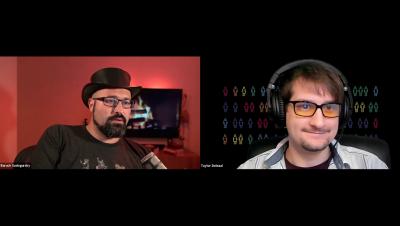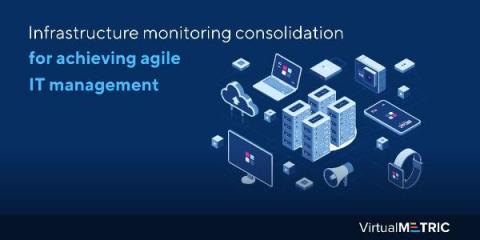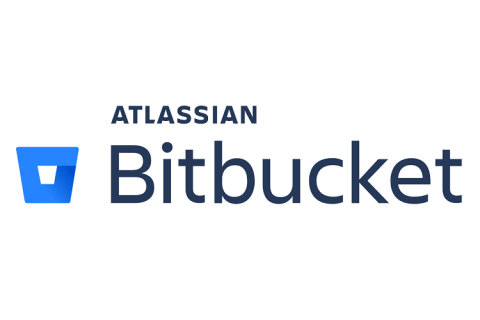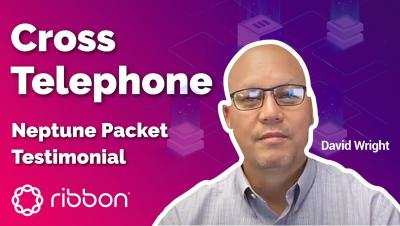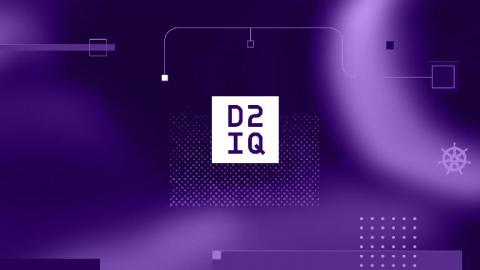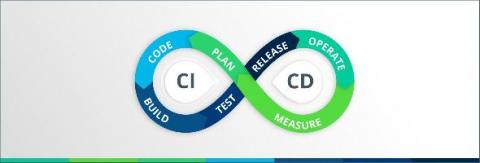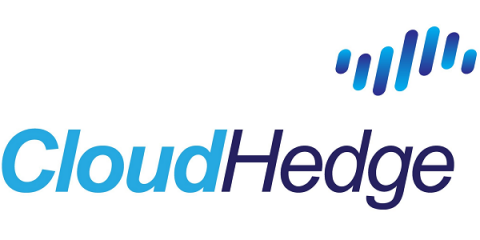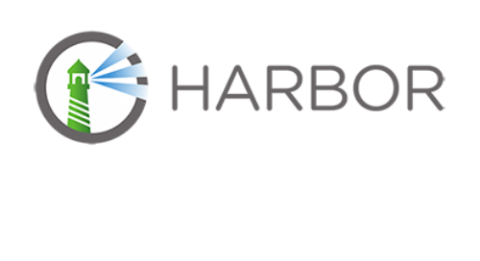Operations | Monitoring | ITSM | DevOps | Cloud
DevOps
The latest News and Information on DevOps, CI/CD, Automation and related technologies.
Software Development Optimization - Sumo Logic
Infrastructure monitoring consolidation for achieving agile IT management
Managing large-scale deployments efficiently and resolving issues in a timely manner can be an easy task. What you need is a reliable and agile set of infrastructure monitoring tools for your enterprise IT infrastructure that possesses all the needed features for simple and stress-free management.
Docker Hub rate limits in Bitbucket Pipelines
D2iQ Takes the Next Step Forward
Based on the changing market needs and very clear feedback from our customers, D2iQ is making the decision to focus our resources on the future, that being our DKP portfolio of products.
Lessons Learned in CI/CD Transformation
Continuous integration/continuous delivery (CI/CD) is a methodology which helps technology teams deliver higher-quality software faster through automation. At OpsRamp, we have embarked on the journey of CI/CD transformation and have seen tremendous change in the way we build and release our products. Michael Fisher, Group Product Manager, OpsRamp explained the journey and lessons learned in this process during a recent webinar.
Introducing etrace - a multi-purpose application profiling tool
These days, the internal workings of Linux applications involve many different moving parts. Sometimes, it can be rather difficult to debug them when things go wrong or run slower than expected. Tracing an application’s execution is one way of understanding potential issues without diving into the source code. To this end, we wrote an app-tracing tool called etrace, designed to detect performance bottlenecks and runtime issues in snaps.
Automated App Re-Platforming from Windows to Linux using CloudHedge
Did the recent Windows 2008 and Windows 2008 R2 support withdrawal from Microsoft affecting your business? More than support, are the licensing costs of Windows Server causing a huge dent in your budgets? In every board meeting, is your CTO saying that we need to containerize apps but you don’t know where and how to start? Do these questions sound familiar? Then I guess, it’s time to modernize your applications and jump on the automated containerization bandwagon.
Harbor to the Rescue-Operating a Secure Registry Without Restrictive Pull Policies
On November 1, 2020, Docker Hub will begin limiting anonymous and free account image pulls. While some may be upset about the change, it reflects a larger reality that takes into consideration the risks associated with consuming public content—most public repositories have some level of rate limiting to prevent denial-of-service attacks and customer metering—in addition to the cost of hosting public content.


